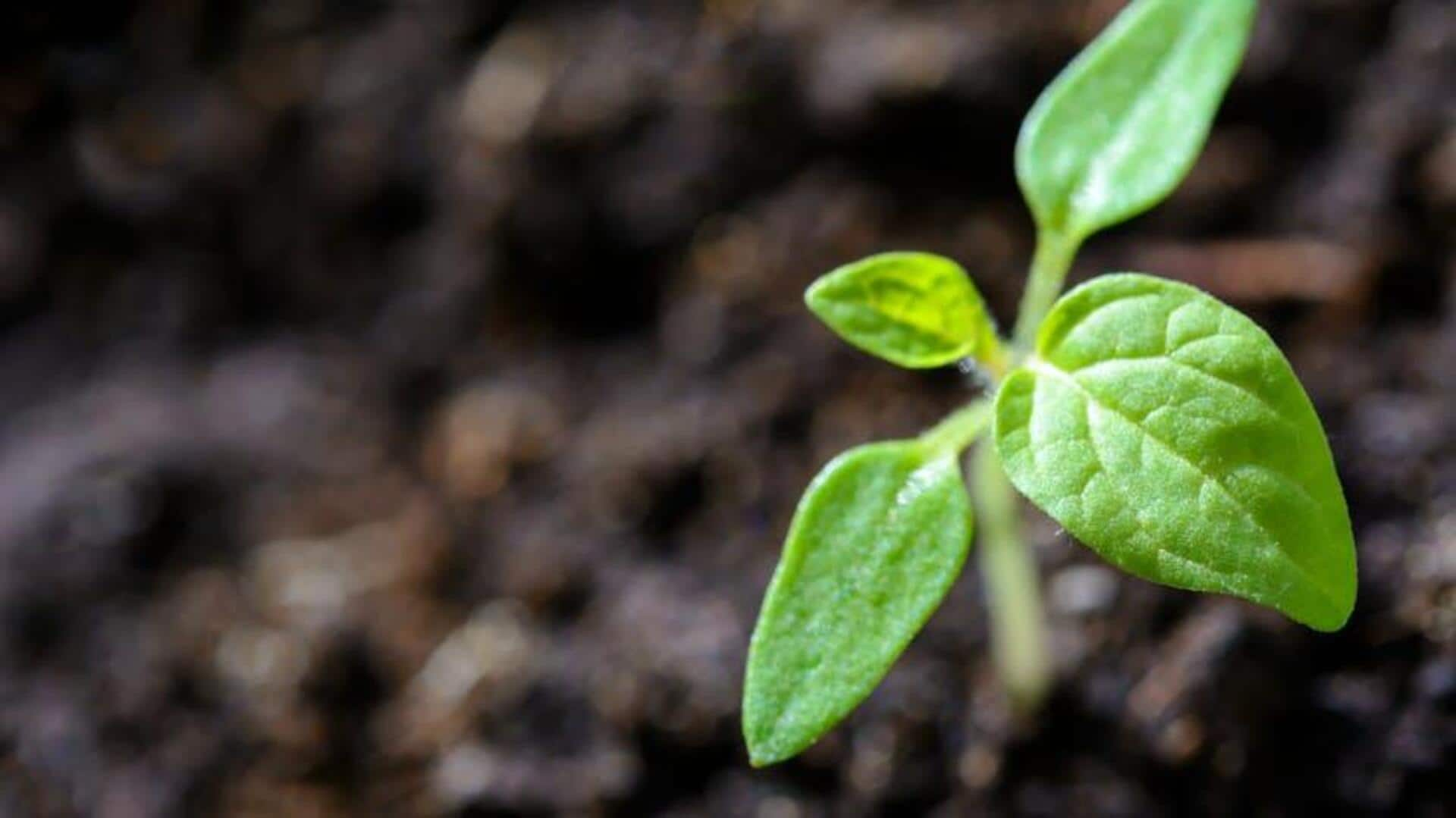
How to use corn cobs for plant growth
What's the story
Corn cobs, often discarded as waste, can be repurposed into a natural fertilizer that promotes healthy plant growth. This sustainable practice not only reduces waste but also enriches soil with essential nutrients. By utilizing corn cobs, gardeners and farmers can enhance soil fertility without relying on synthetic chemicals. Here's how you can effectively use corn cobs to benefit your plants and improve soil health.
Composting benefits
Composting corn cobs for soil enrichment
Composting corn cobs makes them break down into organic matter, which enriches the soil. The process takes time, but it is worth it as the decomposed cobs provide vital nutrients such as nitrogen and phosphorus. These elements are important for plant growth and development. By adding composted corn cobs to your garden, you can improve soil structure and promote healthy root systems.
Mulching technique
Mulching with corn cobs
Using corn cobs as mulch is an effective way to retain moisture in the soil while suppressing weeds. When spread around plants, they create a protective layer that prevents evaporation and keeps the roots cool during hot weather. As they break down over time, they also contribute to nutrient cycling within the garden ecosystem.
Biochar production
Creating biochar from corn cobs
Transforming corn cobs into biochar is another innovative way to boost plant growth. The process of pyrolysis converts the cobs into a stable form of carbon-rich material that improves soil fertility when added to the ground. Biochar enhances water retention capabilities of soils, while providing a habitat for beneficial microorganisms.
Tea preparation
Using corn cob tea as fertilizer
Corn cob tea is an easy-to-make liquid fertilizer that gives plants a nutrient boost. To prepare it, boil crushed corn cobs in water until the nutrients leach out. The resulting tea can be used as a foliar spray or directly applied at the roots of plants, giving them an immediate source of nutrition without the risk of over-fertilization.